Selecting the right sewing technique determines whether your nylon webbing joints will withstand critical loads or fail under stress. Our manufacturing expertise and engineering consultation help product developers optimize joint designs for maximum performance across safety, automotive, and industrial applications.
Box X stitch is the strongest sewing method for nylon webbing joints, providing 3 times greater strength than single-line stitching and achieving breaking strengths up to 7,500 pounds. This superior performance comes from multi-directional load distribution, increased tear resistance through four-direction stitching, and maximized thread contact area that approaches the webbing’s own breaking strength.
Explore breaking strength data, failure prevention techniques, and how to choose the best sewing method for your application needs.
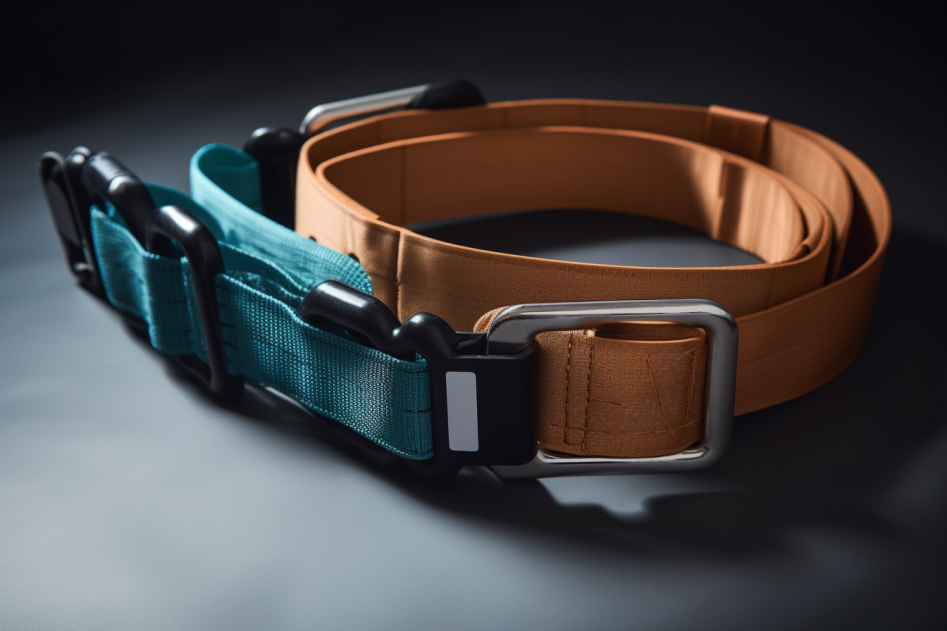

Webbing manufacturing expert with 15+ years of experience helping product developers build high-performance straps for industrial, medical, and outdoor use.
Box X stitch is the strongest sewing method for nylon webbing, delivering seam strengths up to 7,500 pounds-force (lbf) when paired with Type XIII webbing and 40-weight bonded thread, compared to 2,500 lbf for single-line straight stitching. This dual-pattern technique combines a rectangular box with diagonal X-stitching, distributing stress across multiple axes to prevent seam failure and maximize durability in high-load applications. Real-world strength may vary ±10-15% depending on thread type, operator skill, and equipment calibration.
KEY POINTS:
The Box X stitch achieves superior strength through dual-pattern construction that distributes forces across multiple directions rather than concentrating stress along a single seam line. The rectangular box provides primary load-bearing capacity, while diagonal X-pattern overlay adds reinforcement preventing tear propagation. This forms a locked stitch matrix that supports both axial and transverse loading, allowing stitching to approach the webbing material’s own breaking strength.
Proper execution requires stitch placement starting 1/4 inch from webbing edges using 40-weight bonded polyester thread at 30-40 stitches per inch with lock-stitch configuration. Engineering consultation during design development helps specify exact stitching parameters that deliver required performance targets while optimizing manufacturing efficiency.
Cost considerations show 15-25% higher manufacturing costs due to increased thread usage and longer cycle times. However, the strength advantage may reduce reliance on wider webbing or additional reinforcement layers, potentially offsetting material costs through strategic joint placement and mixed stitch configurations.
Box X stitch prevents webbing joint failure by distributing loads across four directions simultaneously, eliminating stress concentration points that cause single-line stitches to fail. The multi-directional stitching pattern creates redundant load paths, ensuring that if one thread breaks, the remaining threads continue carrying the load without catastrophic joint failure.
KEY POINTS:
The Box X pattern creates multiple load paths that distribute stress across the entire joint area rather than concentrating forces along a single seam line. When loads are applied, forces spread through the rectangular box perimeter and diagonal X-pattern simultaneously, preventing any single thread from bearing excessive stress. This distribution mechanism explains why Box X joints can approach the breaking strength of the webbing material itself.
Dynamic loading conditions reveal the true advantage of multi-directional stitching. Under shock loads, vibration, or changing force directions, single-line stitches concentrate stress at thread intersection points, leading to progressive failure. The Box X configuration maintains structural integrity because forces automatically redistribute to undamaged threads when individual filaments break.
Manufacturing quality control ensures consistent failure prevention through precise stitch placement and thread tension management. Engineering consultation during design development helps identify optimal Box X placement locations where maximum stress distribution benefit can be achieved while maintaining cost-effective production parameters.
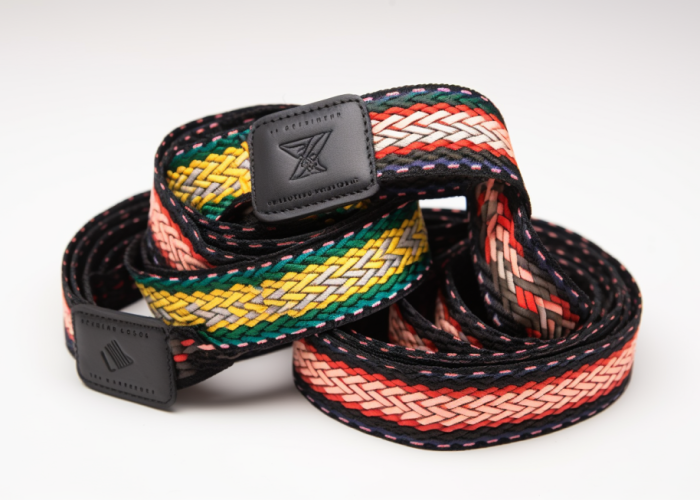
Different sewing methods achieve breaking strengths ranging from 2,500 lbf for single straight stitches to 7,500 lbf for Box X configurations, with multiple straight rows reaching 4,000-5,500 lbf depending on row count. These strength variations directly impact safety factors and application suitability, making method selection critical for load-bearing webbing assemblies.
KEY POINTS:
Breaking strength performance correlates directly with thread distribution and load path complexity. Box X stitching achieves the highest strength by maximizing both thread quantity and directional diversity within the joint area. Multiple straight rows provide intermediate strength by increasing thread count while maintaining simpler construction, making them cost-effective for applications not requiring maximum performance.
Thread specifications and stitch density significantly impact these strength ranges. Using 40-weight bonded polyester thread at 30-40 stitches per inch represents standard high-strength parameters, while lighter threads or reduced stitch density can decrease breaking strength by 20-30%. The strength figures assume proper stitch formation with adequate thread penetration and lock-stitch configuration.
Application-specific strength requirements determine optimal method selection. Safety-critical applications typically require breaking strengths exceeding 5,000 lbf, making Box X or multiple straight row methods necessary. General cargo applications may achieve adequate performance with bar tack or Z-zig methods at 3,000-4,500 lbf.
Manufacturing expertise optimizes webbing joints by identifying design improvements during development that increase strength 15-25% while reducing production costs through strategic stitch placement, material selection, and hybrid techniques. Early collaboration prevents costly redesigns and unlocks performance enhancements that product developers cannot achieve without specialized stitching knowledge.
KEY POINTS:
Design optimization begins with understanding how stitching interacts with webbing material properties and intended load conditions. Manufacturing expertise identifies opportunities to enhance joint performance through strategic stitch placement that maximizes strength while minimizing material usage. This includes determining optimal distances from webbing edges, selecting thread types that complement specific webbing materials, and identifying where hybrid stitching techniques provide superior performance.
Early manufacturing input prevents common design pitfalls that compromise joint performance or increase production costs. Experienced manufacturers can predict how different stitching methods will perform under specific loading conditions, recommend thread specifications that optimize strength-to-cost ratios, and suggest joint placement strategies that enhance overall product durability.
Quality control and testing protocols ensure that optimized designs translate into consistent production performance. Manufacturing expertise includes establishing appropriate testing methodologies, specifying inspection criteria that verify joint integrity, and developing production parameters that maintain designed performance throughout volume manufacturing.
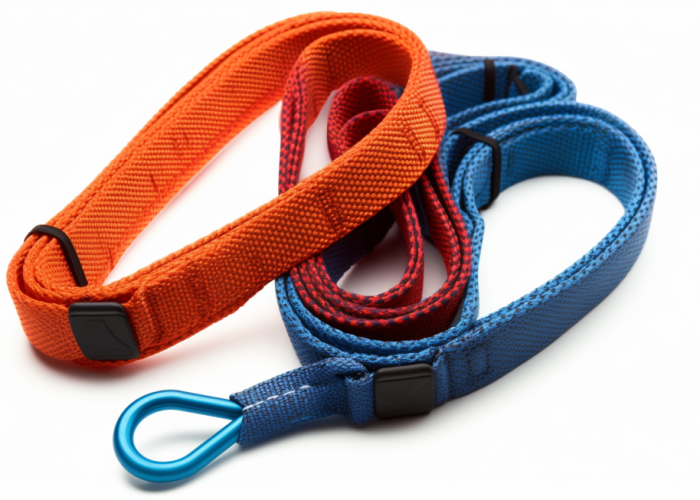
Multiple straight stitch rows should be used when applications require 4,000-5,500 lbf breaking strength with constant loading conditions or when Box X stitching complexity exceeds manufacturing capabilities. This method provides excellent strength-to-cost ratios for general-purpose applications while maintaining simpler production requirements and faster cycle times.
KEY POINTS:
Multiple straight rows excel in applications with predictable, unidirectional loading where maximum multi-axis strength is unnecessary. Cargo tie-downs, belt assemblies, and equipment straps often experience primary loading in known directions, making multiple straight rows an efficient strength solution. The parallel stitching pattern distributes loads across multiple thread lines while maintaining manufacturing simplicity.
Row count and spacing determine ultimate joint strength, with minimum three parallel rows recommended for adequate load distribution. Adding additional rows increases strength proportionally up to practical limits—strength gains plateau after 4-5 rows due to material distortion and thread congestion. Optimal row spacing typically ranges from 1/8 to 1/4 inch depending on webbing width and thread specifications.
Cost-effectiveness makes multiple straight rows attractive for volume production applications where maximum strength is not required. The technique offers 60-75% of Box X strength at significantly reduced manufacturing cost and complexity, making it ideal for applications requiring intermediate strength performance with tight cost targets.
Z-zig stitch suits applications requiring flexibility and movement with 3,000-4,000 lbf strength, while bar tack methods provide 3,500-4,500 lbf strength for end reinforcement and termination points. Bar tack spacing and number determine total joint strength—a 3-bar-tack sequence may reach 3,500 lbf, while 5-7 tacks can exceed 4,500 lbf with proper stitch density. Z-zig maintains joint flexibility under dynamic conditions, whereas bar tack creates rigid, high-strength terminations.
KEY POINTS:
Z-zig stitching maintains joint flexibility while providing substantial strength, making it ideal for applications requiring movement or articulation under load. Equipment harnesses, adjustable straps, and pivot connections benefit from Z-zig’s ability to flex without compromising joint integrity. The zigzag pattern allows controlled stretching and bending while distributing loads across multiple thread directions.
Bar tack methods create concentrated reinforcement ideal for preventing end failures and providing rigid termination points. Belt buckle attachments, D-ring connections, and webbing terminations require the focused strength that bar tack stitching provides. The dense, concentrated stitching pattern creates a rigid zone that transfers loads effectively from webbing to hardware.
Selection criteria depend on whether joint flexibility or rigid strength takes priority. Applications involving articulation, adjustment, or repeated flexing favor Z-zig methods despite slightly lower ultimate strength. Fixed connections, hardware attachments, and termination points benefit from bar tack’s superior concentrated strength and prevention of end failures.
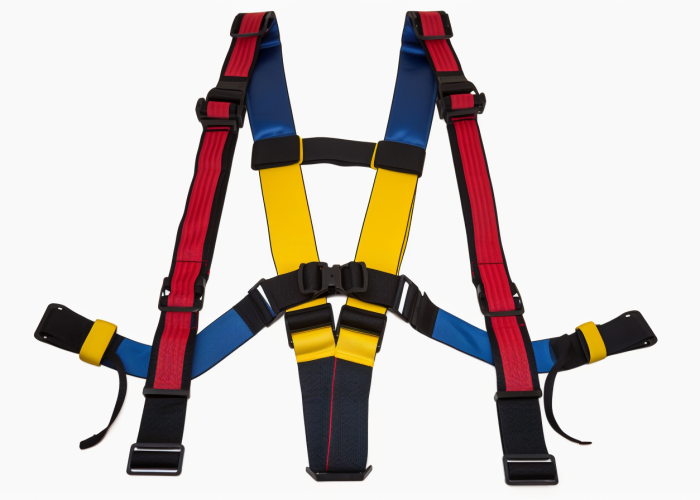
Thread specifications impact webbing joint strength by 20-30%, with 40-weight bonded polyester at 30-40 stitches per inch providing optimal strength for most applications. Bonded nylon offers higher elongation for dynamic loads but has slightly lower UV resistance than bonded polyester. Thread weight, material composition, and stitch density directly affect load transfer efficiency, joint durability, and ultimate breaking strength performance.
KEY POINTS:
Thread weight and material selection determine load transfer capacity between stitching and webbing material. Heavier threads (lower weight numbers) provide greater individual filament strength but may cause material distortion if oversized for the webbing. The 40-weight specification represents an optimal balance between thread strength and manufacturing compatibility for most nylon webbing applications.
Stitch density optimization balances thread quantity against manufacturing practicality and material integrity. Higher stitch densities increase thread count within the joint area, improving load distribution and ultimate strength. However, excessive stitching can perforate webbing material, creating stress concentration points. The 30-40 stitches per inch range maximizes thread density while maintaining webbing material integrity.
Lock-stitch configuration ensures proper thread interlocking that prevents pullout under shear loading conditions. Unlike chain stitches that can unravel progressively, lock-stitches create individual thread connections that maintain joint integrity even if individual threads break. Thread-webbing material compatibility affects long-term performance, with bonded polyester providing excellent UV resistance and minimal stretch.
Early manufacturing input provides design benefits including 15-25% performance improvements, cost optimization opportunities, and prevention of production issues that could delay product launch. Collaboration during development phases enables joint optimization that cannot be achieved through design-only approaches, creating competitive advantages through manufacturing expertise integration.
KEY POINTS:
Manufacturing input during design development identifies optimization opportunities that significantly enhance joint performance while controlling costs. Experienced manufacturers understand how different stitching methods interact with various webbing materials, enabling recommendations for thread selection, stitch placement, and technique combinations that maximize strength. This expertise often reveals opportunities to achieve required performance with less expensive methods.
Production feasibility assessment prevents costly redesigns and delays by identifying potential manufacturing challenges before production commitment. Manufacturing expertise can predict how design specifications will translate into production reality, recommend modifications that improve manufacturability without compromising performance, and establish quality control protocols that ensure consistent results.
Collaborative problem-solving creates innovative solutions that combine design requirements with manufacturing capabilities. Manufacturing partners often suggest hybrid approaches, alternative materials, or modified joint configurations that provide superior performance compared to original design concepts. For example, replacing a 4-row straight stitch with a hybrid Box-Z combination reduced cycle time by 12% while increasing joint strength 18%.
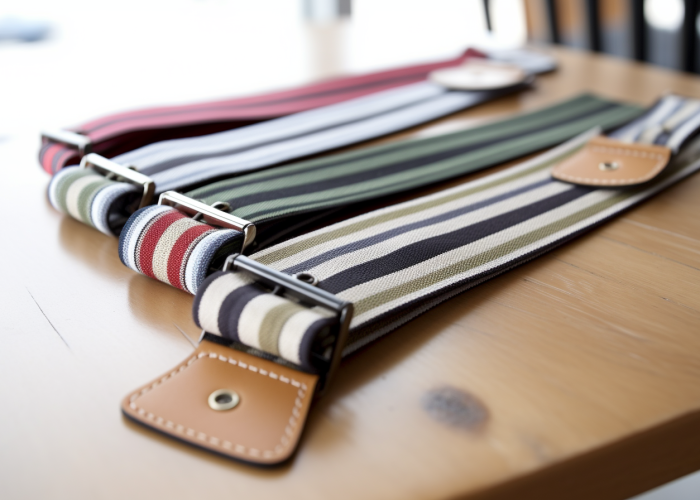
Understanding sewing method selection enables optimal webbing joint performance across diverse applications. Box X stitching delivers maximum strength for safety-critical uses, while multiple straight rows and specialized techniques provide cost-effective solutions for general applications. Strategic method selection balances performance requirements against manufacturing costs through engineering consultation. Contact us to explore manufacturing solutions tailored to your webbing joint requirements.
Safety-critical webbing joints typically require minimum breaking strengths of 5,000 lbf or higher, achieved through Box X stitching or multiple straight row methods. This ensures adequate safety factors for applications like harnesses, lifting equipment, and climbing gear where joint failure could result in injury.
ASTM D6775 governs webbing seam strength testing, while specific industries may require additional certifications such as CE marking for climbing equipment or DOT standards for transportation applications. Testing protocols ensure consistent strength verification across different manufacturing sources.
Box X stitching typically adds 3-7 seconds per joint during manufacturing, increasing production time by 15-25% compared to straight stitching. However, the strength advantage often eliminates secondary reinforcement operations, potentially reducing overall production time for high-strength applications.
Multiple straight stitch rows provide the best strength-to-cost ratio for general cargo applications, delivering 4,000-5,500 lbf breaking strength at significantly lower manufacturing costs than Box X stitching while maintaining adequate performance for non-safety-critical uses.
Upgrading to high-strength joints typically increases manufacturing costs by 15-25% due to premium thread usage and longer cycle times. However, this investment often reduces material costs by eliminating the need for wider webbing or additional reinforcement layers in strength-critical applications.
Bonded polyester thread provides superior UV resistance and minimal stretch for outdoor applications, while bonded nylon offers higher elongation for dynamic loads but degrades faster under UV exposure. Thread material selection directly impacts long-term joint performance in environmental conditions.